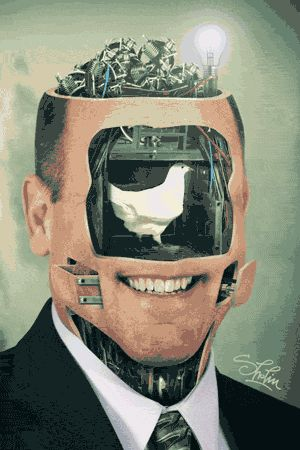What Is Design Human Engineering (DHE)?
For many years, Richard Bandler studied how outstanding individuals use their minds in what they do and learned to replicate the results they achieved. However, he also discovered that the strategies they used did not always come with pleasant feelings. Design Human Engineering (DHE) involves the ability to create dynamic and powerful internal strategies and states. Think about how many pleasant sensations are available to you. However, “many” is not enough! DHE starts with the assumption that what’s already available to a person is far beyond what they believe themselves capable of or even consider possible.
To create practical experience, it’s extremely important to be precise in observation and confident that the differences between what you want and what you don’t want are defined as clearly and explicitly as possible. This is the function of internal work. If you want to know whether you have rapport, you need to be able to distinguish so clearly between being in rapport and not being in rapport that there’s no doubt left. When you meet people you know, you can easily tell what mood they’re in by the tone of voice they use. The difference between happiness and sadness is unmistakable. DHE is about creating distinctions in perception that lead to differences in use. If you don’t notice differences in your perception, then in DHE, you first use your senses to learn to notice those differences.
Understanding and Applying DHE Strategies
When you understand how strategies work, you also need to understand how they function in relation to other strategies, such as timelines that a person uses at any given moment, or metaprograms that are active and in play. The ability to create contextual shifts across all parameters at once is what DHE is about. When creating and using strategies, it’s necessary to create distinctions that allow you to accomplish a task with ease.
The models that make up Neuro-Linguistic Programming (NLP) create a set of distinctions that allow for better communication and the ability to replicate behaviors that others are capable of. DHE not only allows you to create new strategies and skills, but also the best motivational strategies for accomplishing tasks where they are useful.
The Power of Internal States and Sensations
What’s the difference between the best feeling or state you’ve ever had and the best state your body is capable of producing? How much control do you have over all the other sensations you experience, their intensity, and the timing of when you feel them? Have you ever wondered just how much pleasure and enjoyment you’re capable of handling? These are some of the questions DHE asks.
DHE focuses on beginning to create in a generative and evolving way, using an understanding of simultaneously operating models. This means answering the question of how exactly to combine all these things to create effectiveness—possible or impossible—depending on any given model of the world.
DHE Courses and Model Creation
DHE courses give you the ability to create artificial tools that shift your entire model of the world at once, while also leading to multiple timelines, belief systems, and world models.
For a long time, people confused extracting strategies with what is actually model creation. Models like submodalities, the Milton and Meta models are quite specific. Models of metaprograms or timelines are models that are deeply embedded in the foundation of human effectiveness. Extracting a single strategy and creating and installing other things is significant, but not all-encompassing. The first is an application of NLP, while the second is true creativity in this field.
Translated from the training materials of “The Best of Dr. Richard Bandler: Latest Developments in NLP Introducing and Utilizing DHE and NHR.” Amsterdam, May 2010.



